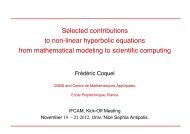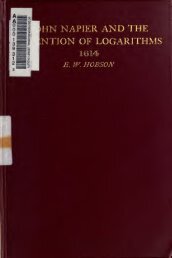The construction of the wonderful canon of logarithms
The construction of the wonderful canon of logarithms
The construction of the wonderful canon of logarithms
You also want an ePaper? Increase the reach of your titles
YUMPU automatically turns print PDFs into web optimized ePapers that Google loves.
1<br />
8 Construction <strong>of</strong> <strong>the</strong> Canon.<br />
2. Ofcontinuousprogressions, an arithmetical is one which<br />
proceeds by equal intervals; a geometrical, one which<br />
advances by unequal and proportionally increasing or<br />
decreasing intervals.<br />
Arithmetical progressions : i, 2, 3, 4, 5, 6, 7,<br />
&c. ; or 2, 4, 6, 8, 10, 12, 14, 16, &c. Geometrical<br />
progressions: i, 2, 4, 8, 16, 32, 64, &c. ; or 243,<br />
81, 27, 9, 3, I.<br />
3. /;« <strong>the</strong>se progressions we require accuracy and ease in<br />
working. Accuracy is obtained by taking large numbers<br />
for a basis ; but large numbers are most easily made from<br />
small by adding cyphers.<br />
Thus instead <strong>of</strong> 1 00000, which <strong>the</strong> less experienced<br />
make <strong>the</strong> greatest sine, <strong>the</strong> more learned<br />
put 1 0000000, whereby <strong>the</strong> difference <strong>of</strong> all sines<br />
is better expressed. Wherefore also we use <strong>the</strong><br />
same for radius and for <strong>the</strong> greatest <strong>of</strong> our geometrical<br />
proportionals.<br />
4. In computing tables, <strong>the</strong>se large numbers may again be<br />
made still larger by placing a period after <strong>the</strong> number and<br />
adding cyphers.<br />
Thus in commencing to compute, instead <strong>of</strong><br />
looooooo we put 1 0000000. 0000000, lest <strong>the</strong> most<br />
minute error should become very large by frequent<br />
multiplication.<br />
5. In numbers distinguished thus by a period in <strong>the</strong>ir<br />
midst, whatever is written after <strong>the</strong> period is a fraction,<br />
<strong>the</strong> denominator <strong>of</strong> which is unity with as many cyphers<br />
after it as <strong>the</strong>re are figures after <strong>the</strong> period.<br />
Thus 10000000.04 is <strong>the</strong> same as 1 0000000^;^ ;<br />
also 25.803 is <strong>the</strong> same as 25x§^; also 9999998.<br />
000502


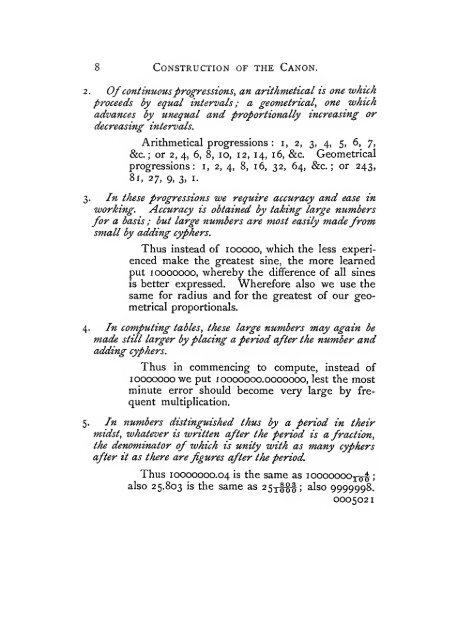
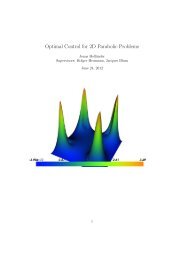
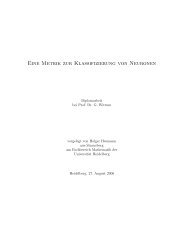
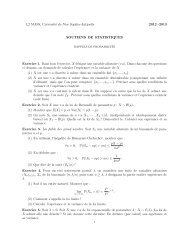
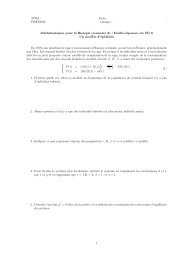


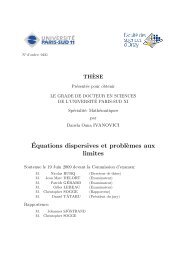
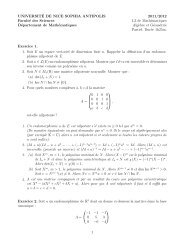
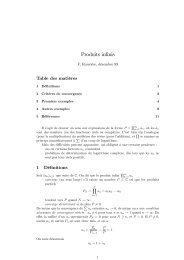
!['eries enti\`eres (+ [D78 Th d'Abel angulaire])](https://img.yumpu.com/14067031/1/184x260/eries-entieres-d78-th-dabel-angulaire.jpg?quality=85)
